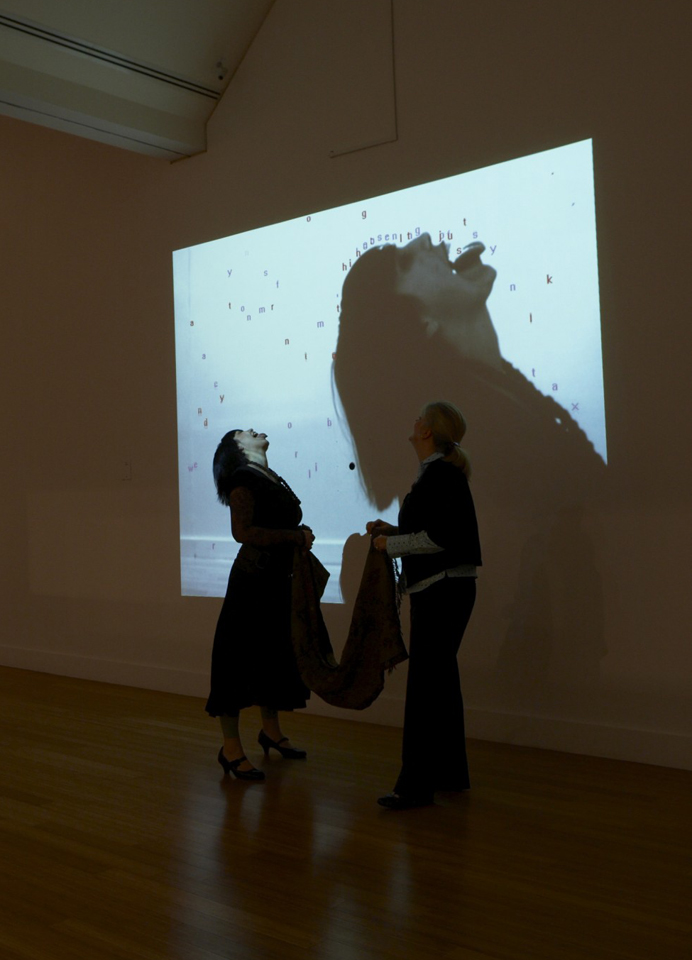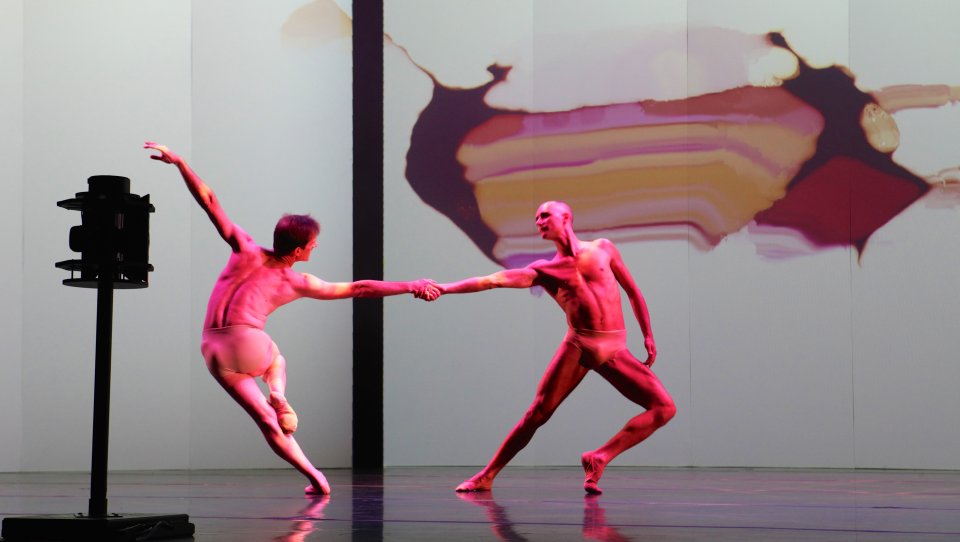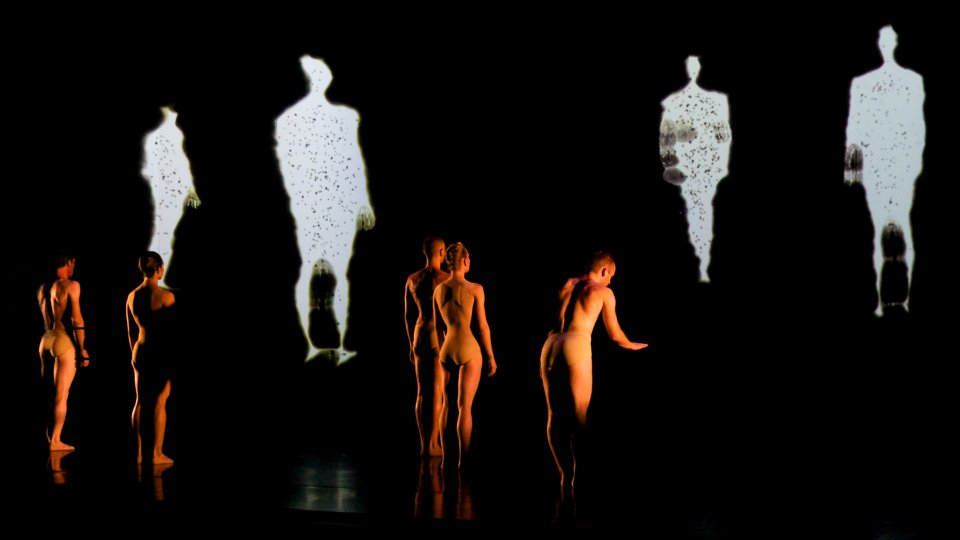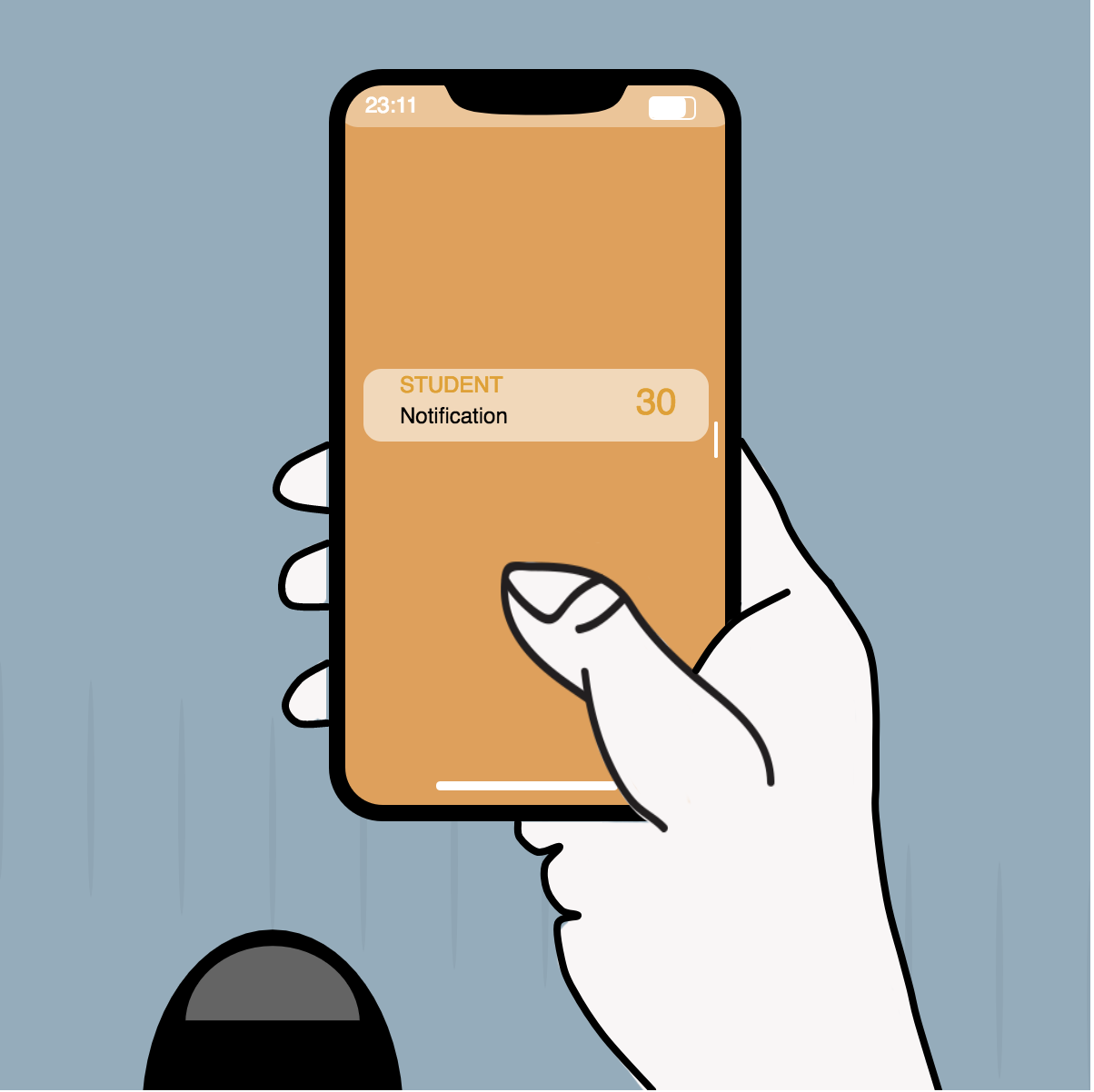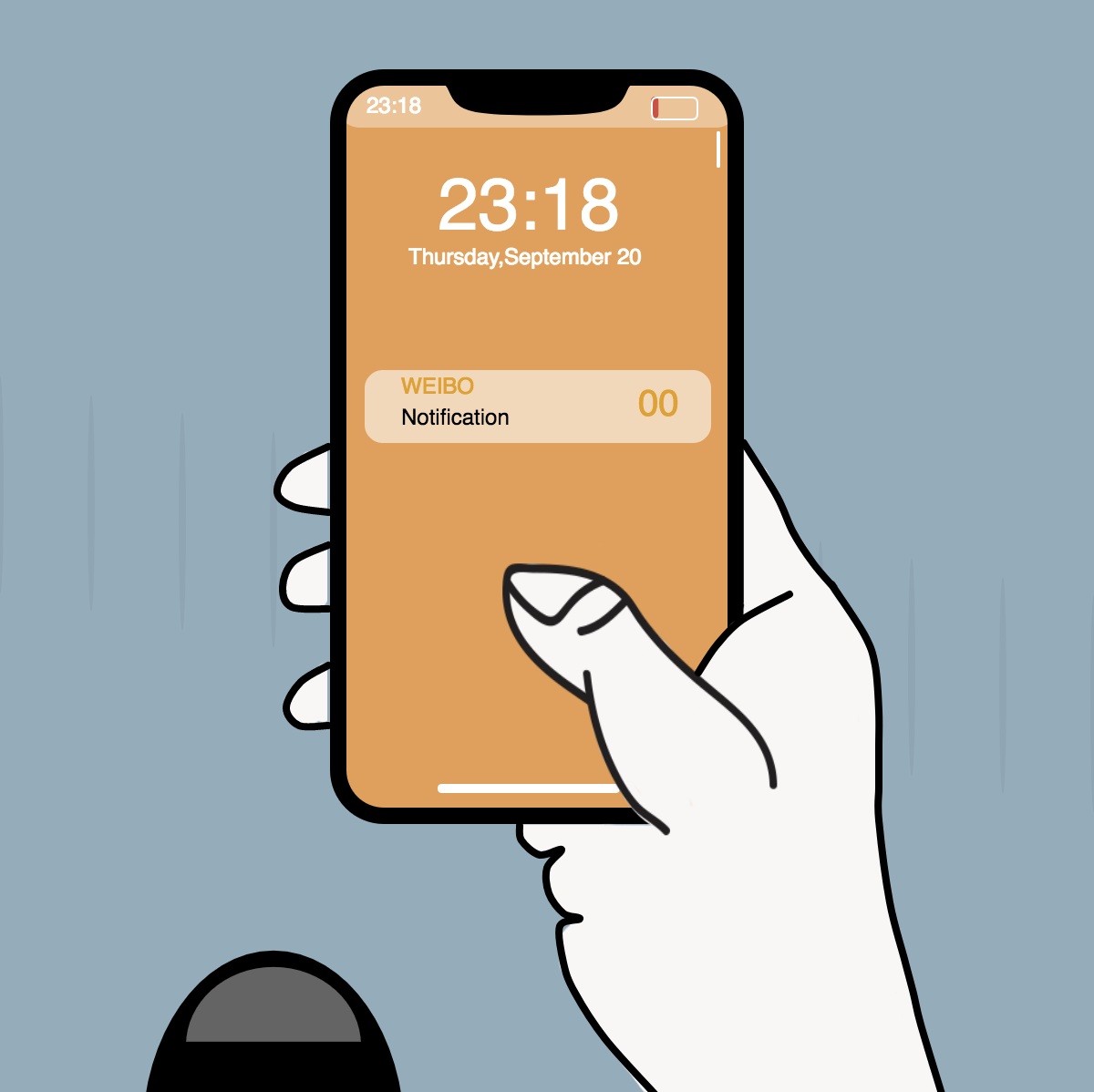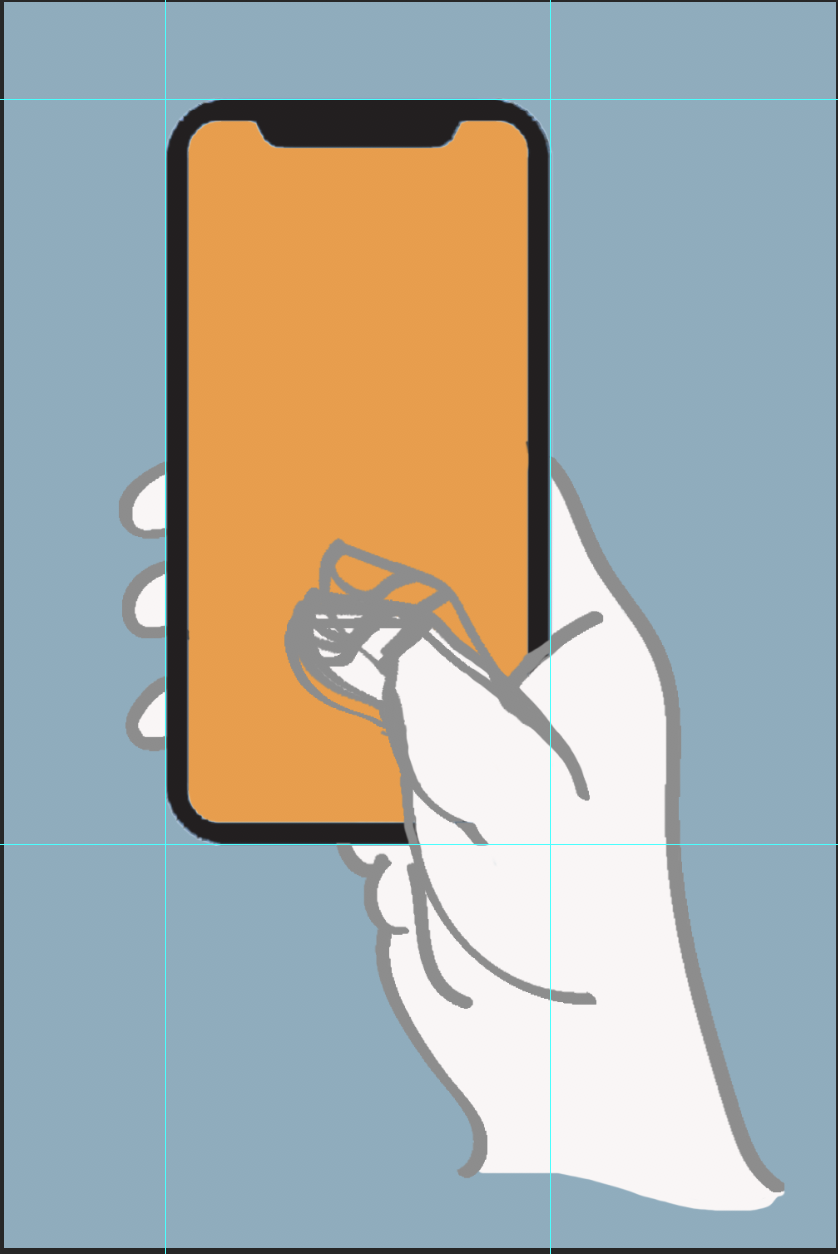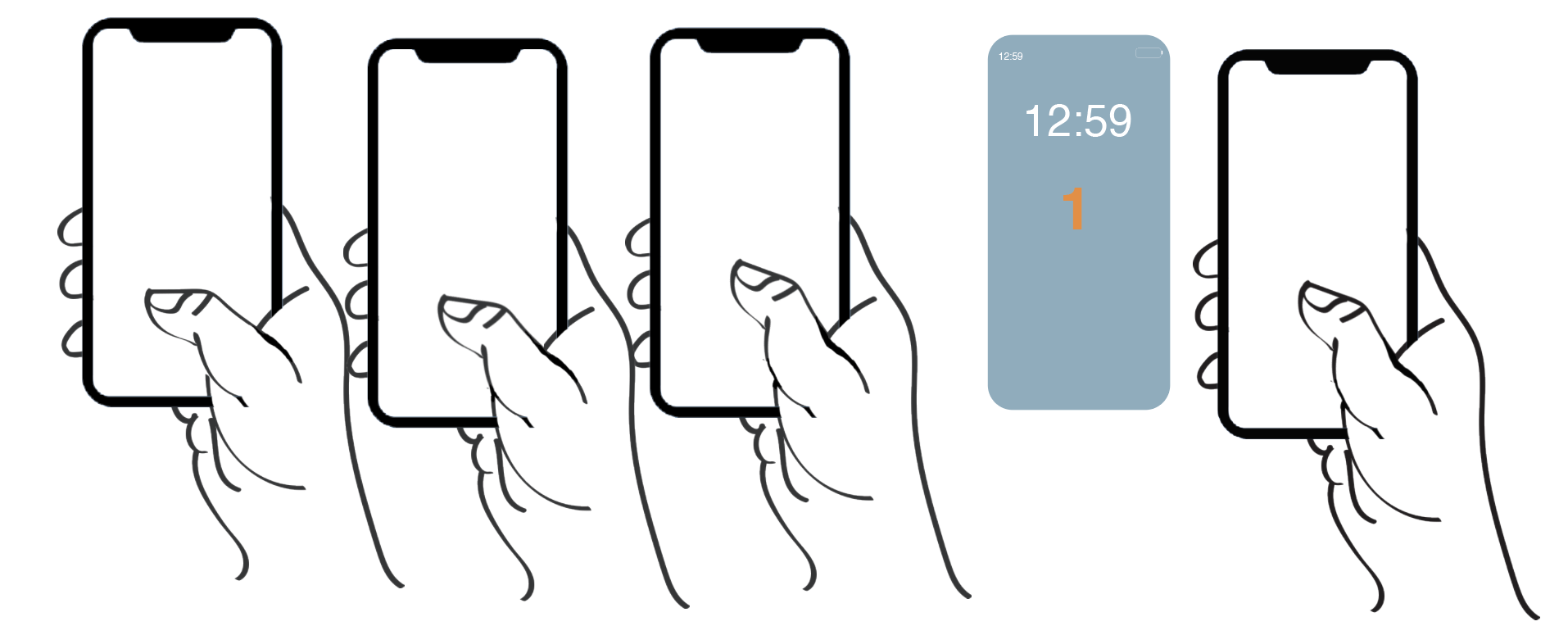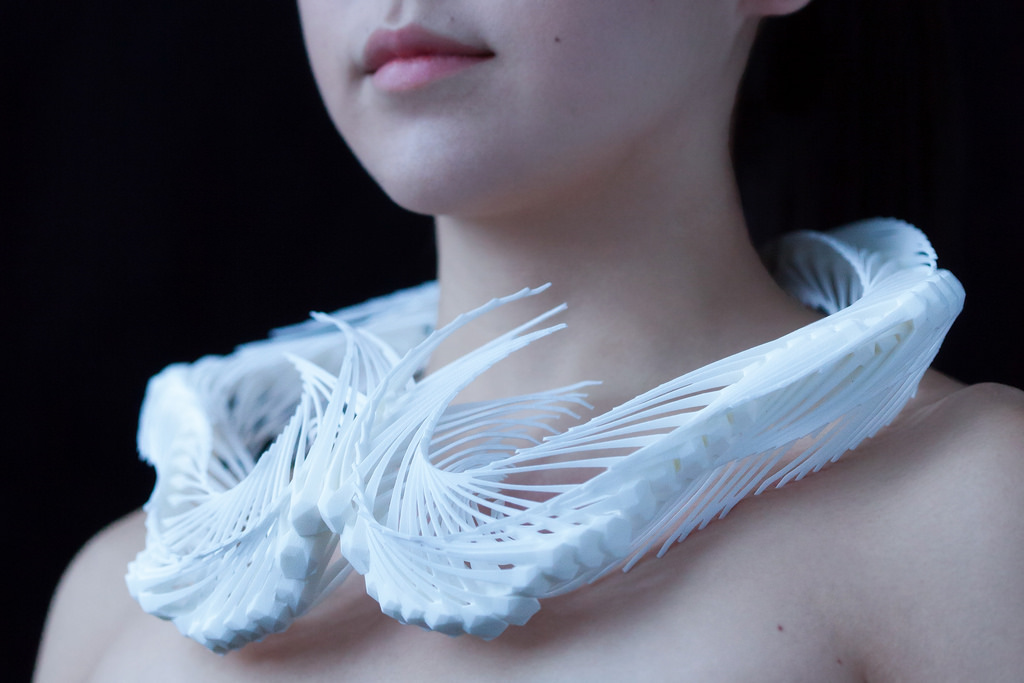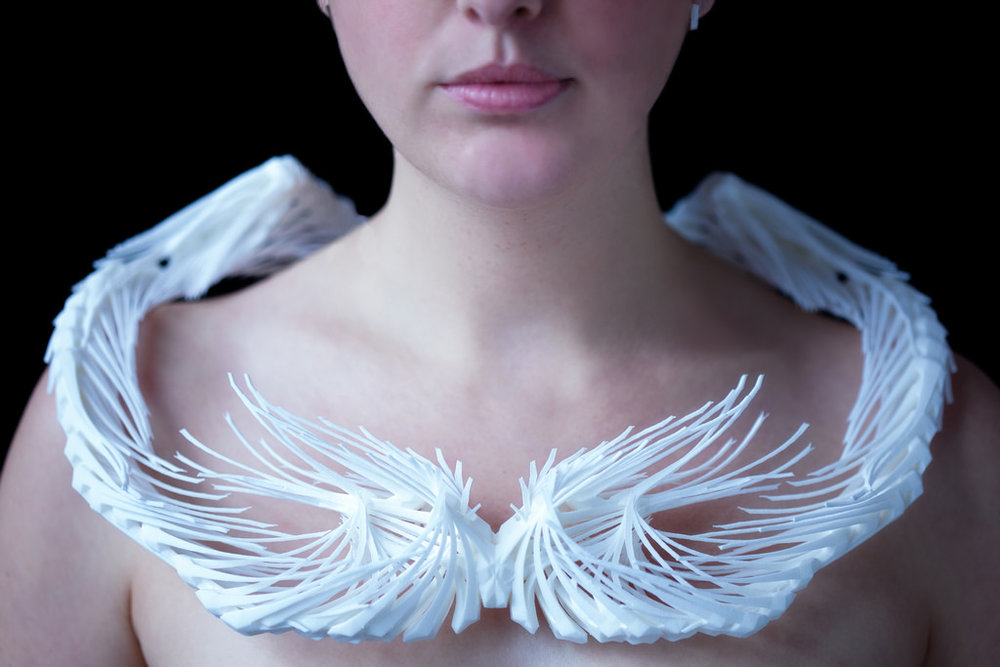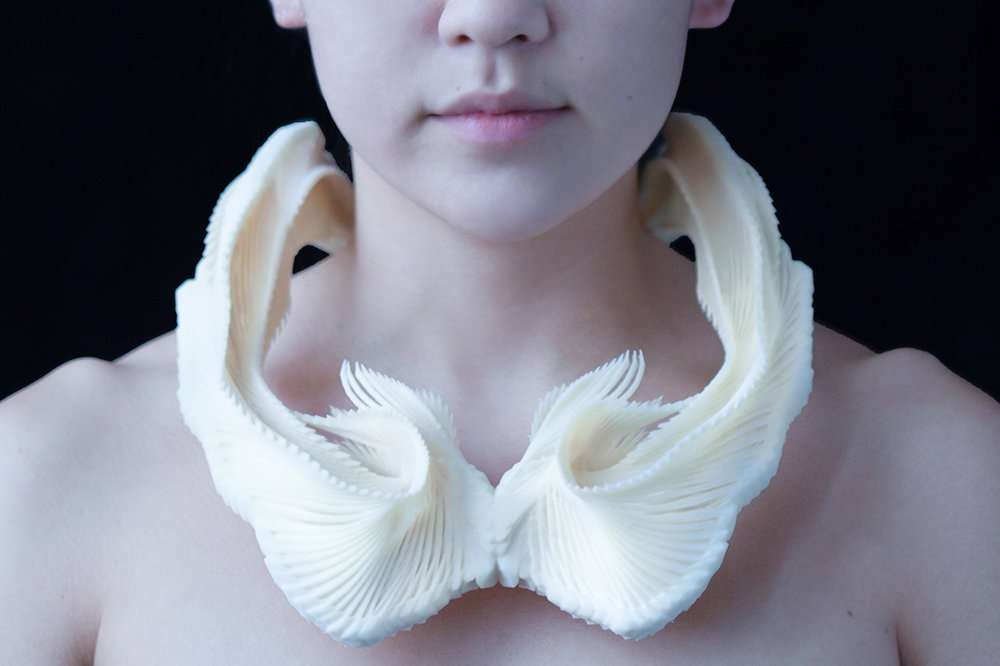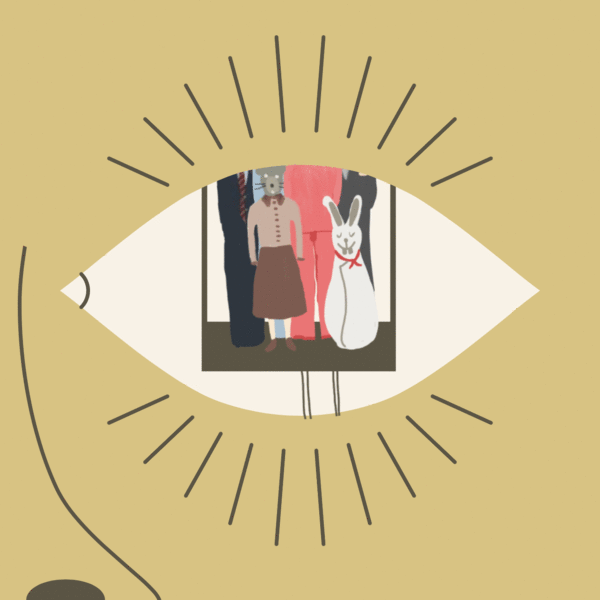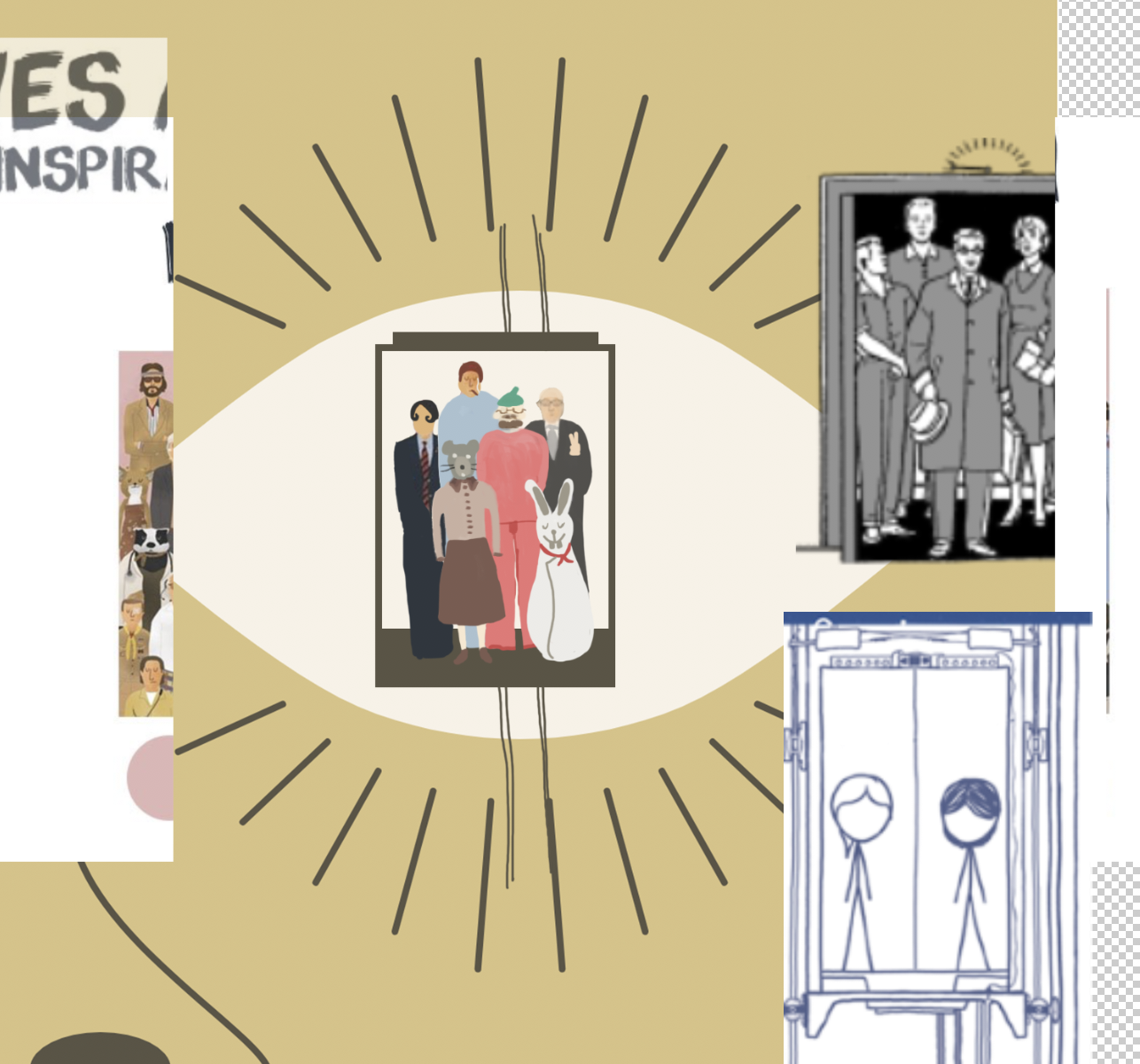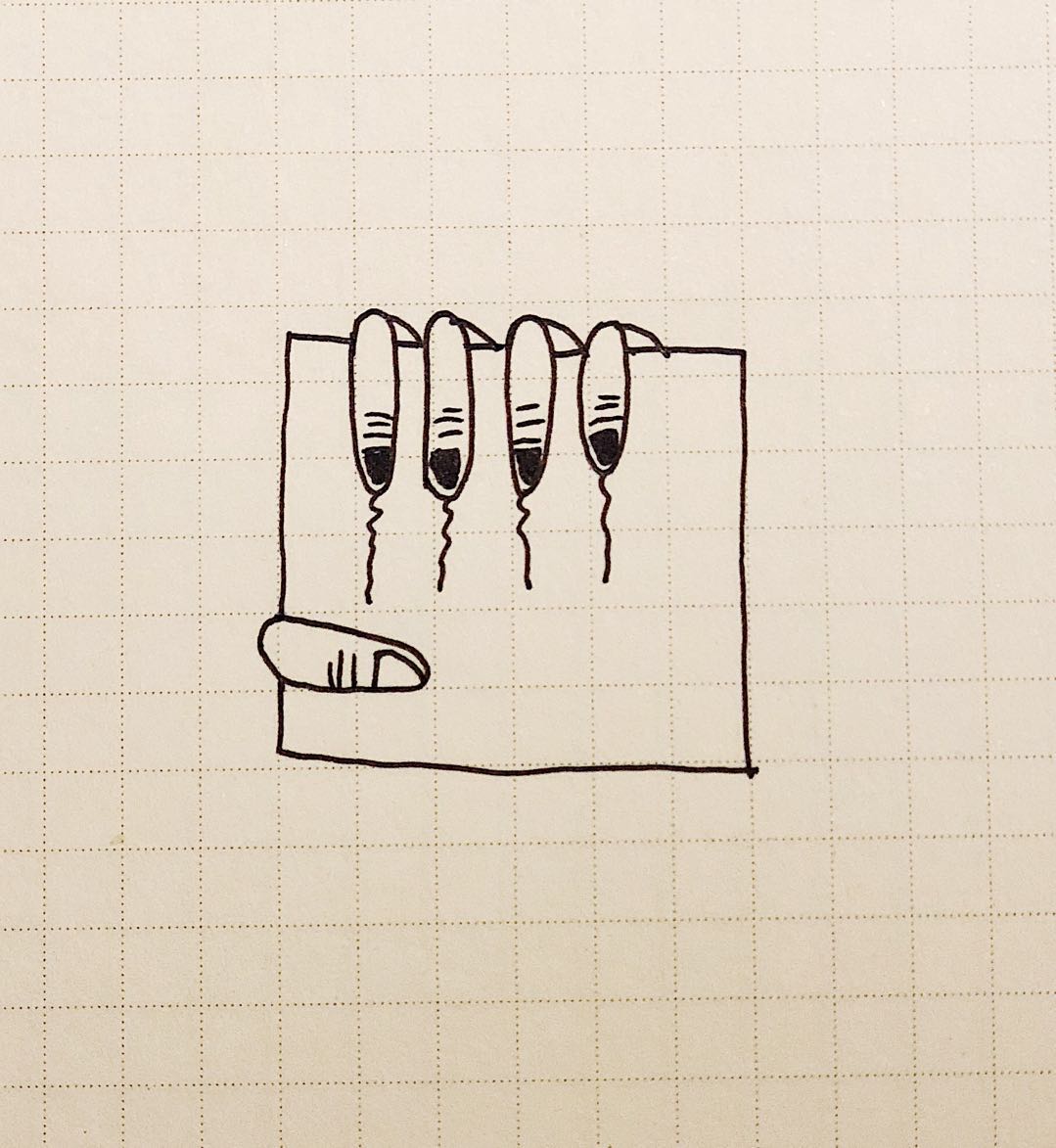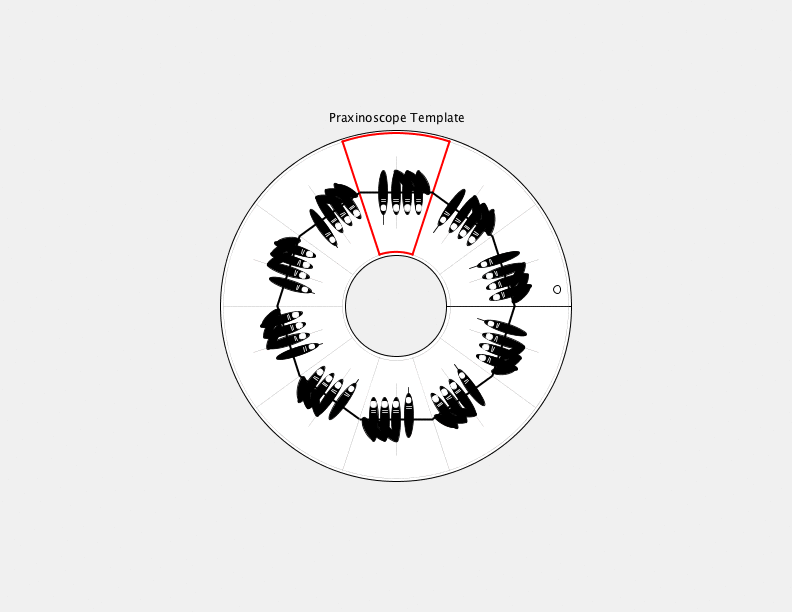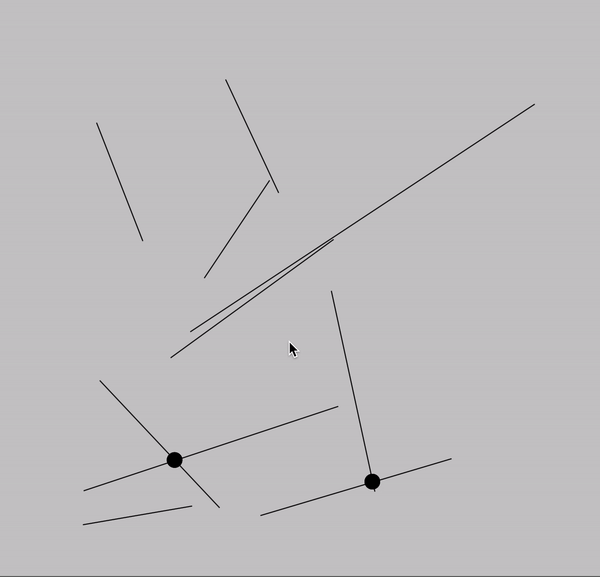// Clair Sijing Sun
// Clock Project
// 60-212
// Sep 20, 2018
var prevSec;
var millisRolloverTime;
var frames = [];
var secondH ;
var counter = 0;
var weekdayNames = ["Sunday", "Monday", "Tuesday", "Wednesday",
"Thursday", "Friday", "Saturday"]
var monthNames = ['January', 'February', 'March', 'April', 'May', 'June', 'July', 'August', 'September', 'October', 'November', 'December'];
var listofApps = ['WEIBO', 'WECHAT', 'GROUPME', 'GMAIL', 'LINKEDIN', 'FACEBOOK', 'STUDENT', 'SOUNDCLOUD'];
var appL ;
var randomN ;
var batteryR ;
var batteryG ;
var batteryB ;
var batteryL = 25;
var backrockX = 50;
var backrockY = 0;
var barH = 72;
var handM1 = 383;
var handM2 = 369;
var finger = [];
var skin = [];
var feetH ;
var feetH2 ;
//--------------------------
function setup() {
createCanvas(600, 600);
millisRolloverTime = 0;
feetH = height;
feetH2 = height + 100;
}
//--------------------------
function preload(){
frames.push(loadImage("https://i.imgur.com/6LcHHng.png"));
//frames.push(loadImage("https://i.imgur.com/od1uGbs.png"));
frames.push(loadImage("https://i.imgur.com/gHs88Af.png"));
finger.push(loadImage("https://i.imgur.com/QfwFtyL.png"));
finger.push(loadImage("https://i.imgur.com/WFPnTt3.png"));
skin.push(loadImage("https://i.imgur.com/vXlzYE7.png"));
skin.push(loadImage("https://i.imgur.com/KFbFtYv.png"));
}
//--------------------------
function draw() {
background(144, 173, 189);
push();
fill(0, 10);
if (backrockY < height || backrockY == height){
backrockY = backrockY + 1;
}else{backrockY = 0}
for (i = 0; i < 20; i++){ ellipse(backrockX * i, backrockY+i*10, 4, 120); } pop(); appL = listofApps.length; push(); fill(232,158,78); rect(190,40,210,408, 20); pop(); // Fetch the current time var H = hour(); var Min = minute(); var S = second(); var D = day(); var M = month(); var week = new Date().getDay(); // Reckon the current millisecond, // particularly if the second has rolled over. // Note that this is more correct than using millis()%1000; if (prevSec != S) { millisRolloverTime = millis(); } prevSec = S; var mils = floor(millis() - millisRolloverTime); noStroke(); fill('black'); var currTimeString = "Time: " + (H%12) + ":" + nf(M,2) + ":" + nf(S,2) + ((H>12) ? "pm":"am");
var hourBarWidth = map(H, 0, 23, 0, width);
var minuteBarWidth = map(Min, 0, 59, 0, width);
var secondBarWidth = map(S, 0, 59, 0, width);
var secondsWithFraction = S + (mils / 1000.0);
var secondsWithNoFraction = S;
var secondBarHeightChunky = map(secondsWithNoFraction, 0, 60, 0, width);
//for displaying the moving hand
if (mils < 500){
counter = 0;
}else{
counter = 1;
}
//draw the feet
push();
fill(0);
strokeWeight(4);
stroke(0);
if (mils < 500){
feetH = map(mils, 0, 500, height+100, height);
feetH2= map(mils, 0, 500, height, height+100);
} else {
feetH = map(mils, 500, 1000, height, height+100);
feetH2 = map(mils, 500, 1000, height+100, height);
}
ellipse(width/4, feetH, 140, 200);
ellipse(width/4+300, feetH2, 140, 200);
fill(255, 100);
arc(width/4, feetH-50, 100, 90, PI, 2*PI, CHORD);
pop();
//draw the top bar
push();
fill(255, 100);
rect(185, 45, 220, 25, 20);
pop();
//controlling the movement of seconds
var secondBarHeightSmooth = height;
if (mils < 300) { secondBarHeightSmooth = map(mils, 0, 300, 420, 228); }else if (mils >= 300 && mils < 700){
secondBarHeightSmooth = 228;
}else{secondBarHeightSmooth = map(mils, 700, 1000, 228, 39);
}
//changing background for seconds
push();
textSize(20);
fill(255, 150);
if ((''+S).length == 1){
S = '0'+ S;
}
rect(width/3, secondBarHeightSmooth-25, 190, 40, 10);
fill(232,158,7);
text(S, 350, secondBarHeightSmooth);
textSize(12);
//if (S){
//randomN = random(S%8);
//}
text(listofApps[int(S%8)], 220, secondBarHeightSmooth-12);
fill(0)
text('Notification', 220, secondBarHeightSmooth+5);
pop();
fill(255);
barH = map(S, 0, 60, 72, 392);
rect(393, barH, 2, 20, 5);
//display of hour and minutes at the beginning
if (S < 1){
if (mils < 700){
secondH = 126;
}else { secondH = map (mils, 700, 1000, 126, -65);}
}else{
secondH = -10;
}
push();
textStyle(NORMAL);
textSize(40);
fill(255);
textFont('Helvetica');
if ((''+Min).length == 1){
Min = '0'+ Min;
}
text(H + ":" + Min, width/2.5, secondH);
textSize(12);
text(weekdayNames[week]+","+monthNames[M-1]+ " " + D, 224, secondH+(145-126));
pop();
//display of mins and hours on top left
push();
fill(255);
text(H+ ":" + Min, 201, 62);
pop();
//home bar
fill(255);
rect(240, height-170, 100, 5, 10);
//image(frames[1], 80, -20, 500, 700);
//image(frames[0], 80, -20, 500, 700);
push();
noFill();
stroke(0);
strokeWeight(9);
rect(185, 42, 218, 405, 25);
beginShape();
strokeWeight(1);
fill(0);
curveVertex(245, 47);
curveVertex(245, 47);
curveVertex(261, 61);
curveVertex(329, 61);
curveVertex(345, 47);
curveVertex(345, 47);
endShape();
pop();
image(skin[counter],100, -18, 430, 655);
image(finger[counter], 200, 220, 300, 300);
//image(finger[counter], 200, 220, 300, 300);
push();
noFill();
beginShape();
stroke(0);
strokeWeight(4);
print(mouseX, mouseY);
curveVertex(180, 245);
curveVertex(180, 245);
curveVertex(159, 256);
curveVertex(152, 270);
curveVertex(161, 278);
curveVertex(180, 281);
curveVertex(180, 281);
endShape();
beginShape();
curveVertex(180, 299);
curveVertex(180, 299);
curveVertex(161, 308);
curveVertex(155, 322);
curveVertex(160, 333);
curveVertex(180, 334);
curveVertex(180, 334);
endShape();
beginShape();
curveVertex(180, 365);
curveVertex(180, 365);
curveVertex(165, 374);
curveVertex(157, 388);
curveVertex(164, 398);
curveVertex(180, 398);
curveVertex(180, 398);
endShape();
beginShape();
curveVertex(408, 243);
curveVertex(408, 243);
curveVertex(426, 272);
curveVertex(435, 292);
curveVertex(446, 309);
curveVertex(457, 322);
curveVertex(457, 322);
curveVertex(474, 348);
curveVertex(480, 365);
curveVertex(482, 390);
curveVertex(482, 410);
curveVertex(482, 432);
curveVertex(482, 450);
curveVertex(488, 495);
curveVertex(496, 526);
curveVertex(501, 545);
curveVertex(505, 562);
curveVertex(518, 605);
curveVertex(518, 605);
endShape();
if (counter == 1 ){
handM1 = 383;
handM2 = 360;
}else{
handM1 = 383;
handM2 = 369;
}
beginShape();
curveVertex(433, 326);
curveVertex(433, 326);
curveVertex(407, 340);
curveVertex(393, 354);
curveVertex(handM1, handM2);
curveVertex(handM1, handM2);
endShape();
beginShape();
curveVertex(285, 453);
curveVertex(285, 453);
curveVertex(286, 461);
curveVertex(296, 469);
curveVertex(308, 466);
curveVertex(300, 476);
curveVertex(301, 490);
curveVertex(309, 501);
curveVertex(318, 504);
curveVertex(307, 508);
curveVertex(309, 528);
curveVertex(315, 544);
curveVertex(332, 570);
curveVertex(359, 600);
curveVertex(359, 600);
//curveVertex(handM1, handM2);
endShape();
pop();
//battery drawing
if (Min < 40){
batteryR = 255;
batteryG = 255;
batteryB = 255;
} else {
batteryR = 213;
batteryG = 73;
batteryB = 61;
}
batteryL = (60-Min)/60 * 25;
push();
fill(batteryR,batteryG,batteryB);
rect(width/2+57, 53, batteryL, 12, 4);
noFill();
stroke(255);
rect(width/2+57, 53, 25, 12, 3);
pop();
push();
fill(144, 173, 189);
rect(width/4,0, 400, 37);
pop();
} |
